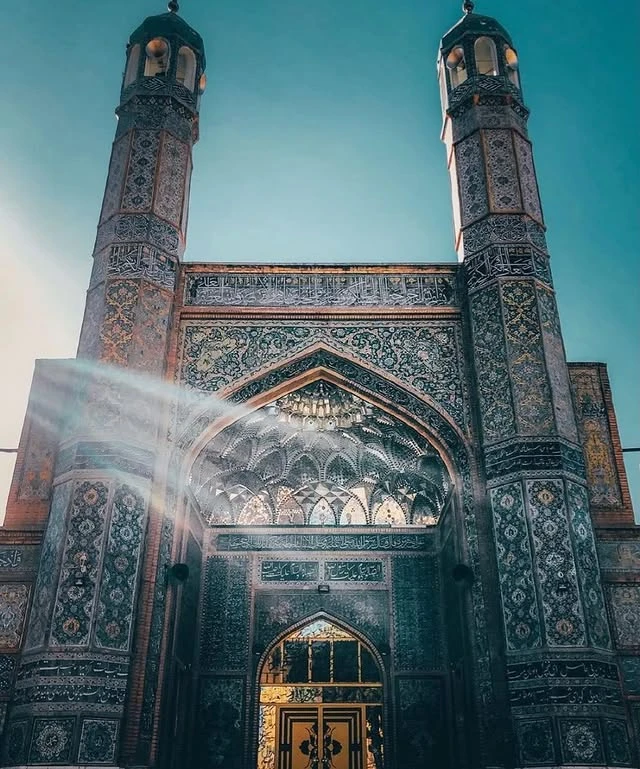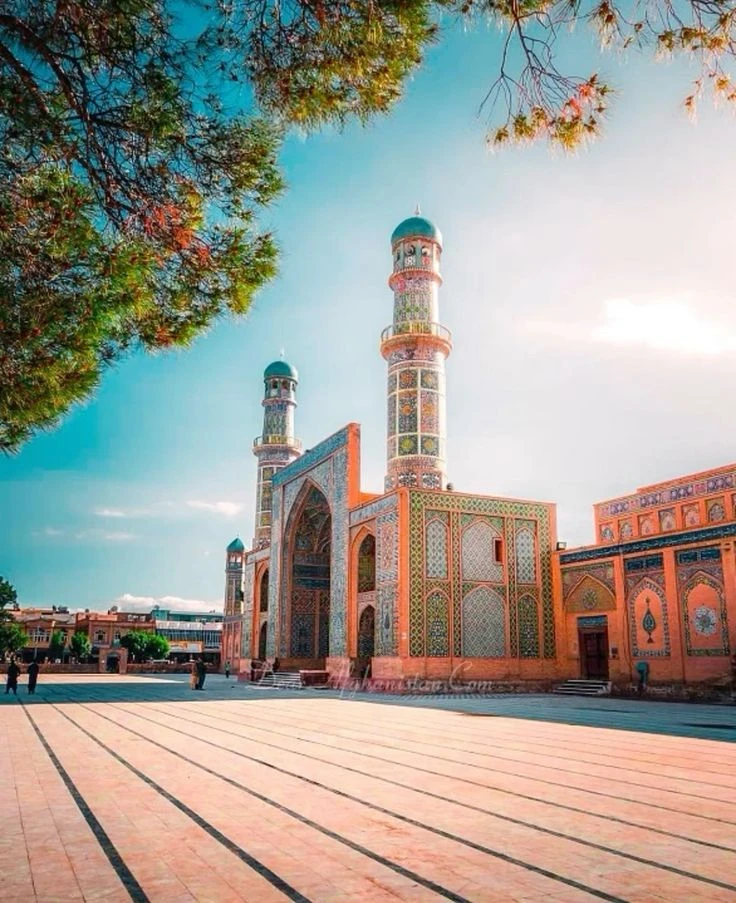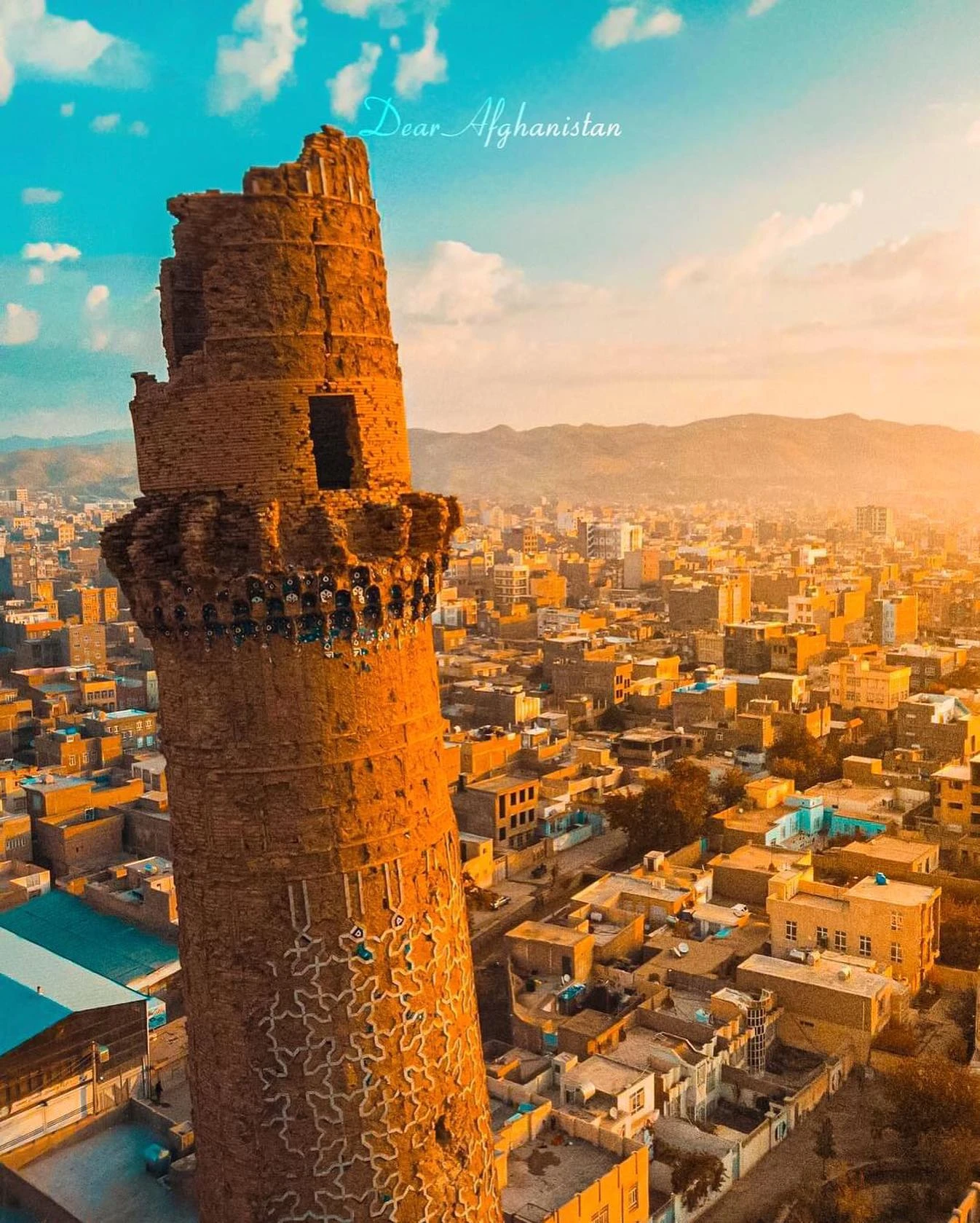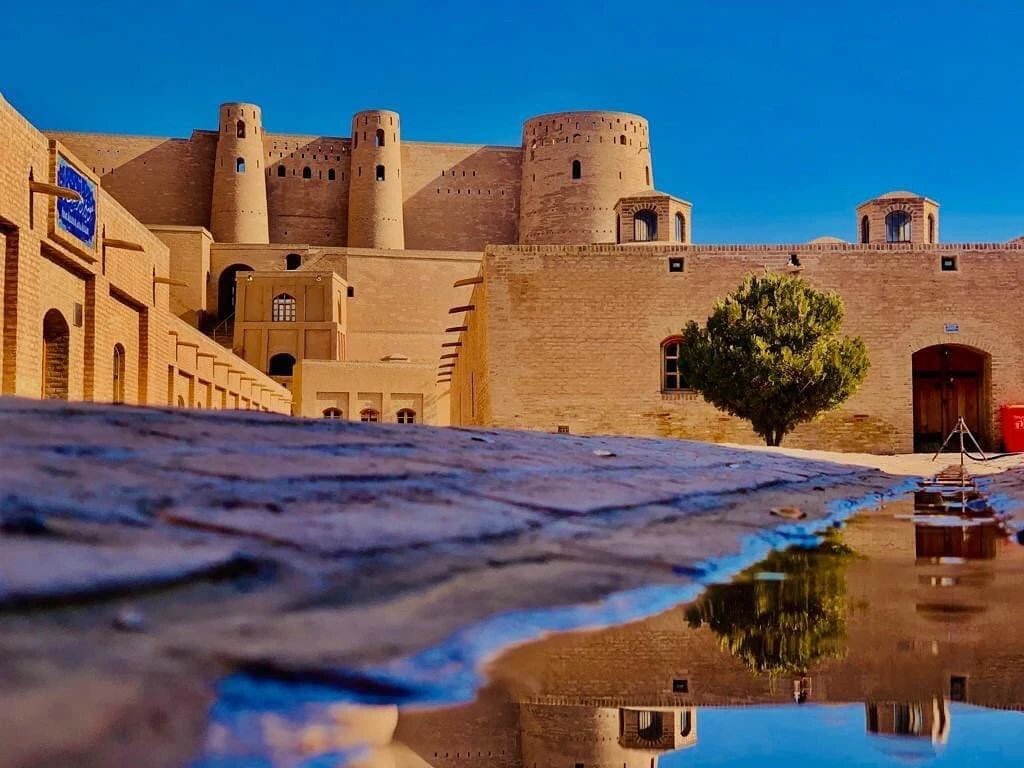Explore Herat, the Cultural Heart of Afghanistan, with Its Stunning Architecture, Rich Heritage, and Vibrant Traditions.
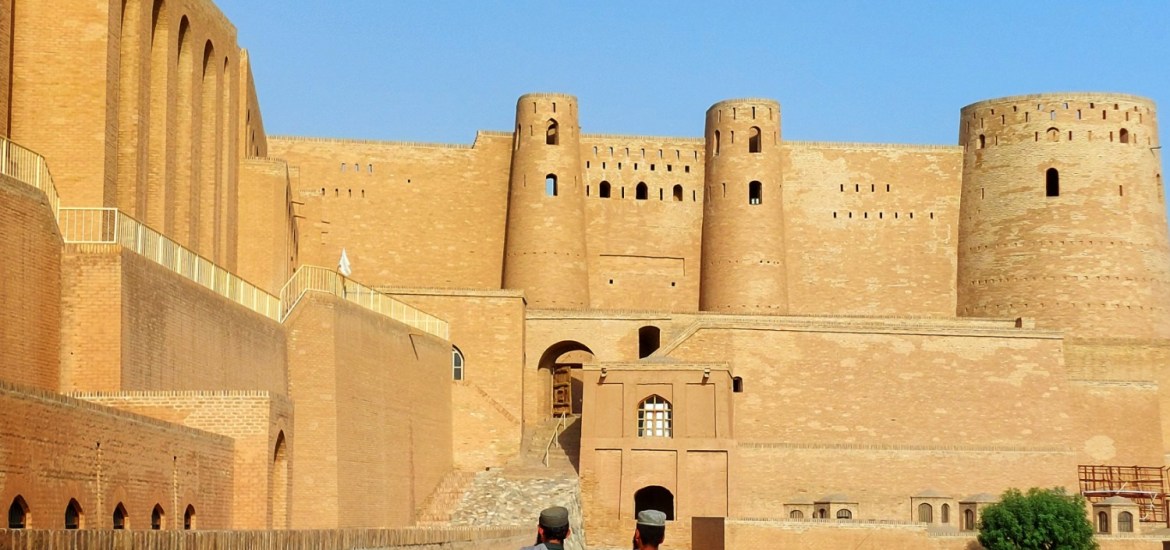
Herat, Afghanistan, is a city steeped in history and culture, renowned for its majestic mosques, ancient citadels, and vibrant art scene. Once a key city along the Silk Road, Herat continues to captivate visitors with its blend of Persian-influenced architecture, bustling bazaars, and welcoming locals. Whether you're a history buff, an architecture enthusiast, or a curious traveler, Herat promises an unforgettable experience. This guide will take you through the best of Herat, from its ancient landmarks to the best times to visit, local cuisines, and travel tips.
Herat is one of the most historic cities in Afghanistan, with a legacy that dates back over 2,000 years. Known as the "Pearl of Khorasan," Herat flourished under the rule of the Timurid Empire, when it became a center of culture, art, and learning. The city was a critical stop on the Silk Road, connecting the East and West through trade and cultural exchange.
Herat’s most famous historical landmark is the Herat Citadel, also known as Citadel of Alexander, which dates back to the times of Alexander the Great. The city has survived invasions, including those of Genghis Khan and Tamerlane, and today stands as a symbol of Afghanistan's resilience and cultural richness.
Herat is a melting pot of Persian, Afghan, and Central Asian influences. The city is known for its traditional arts, including miniature painting, calligraphy, and tilework. Throughout the city, you'll find workshops where skilled artisans continue these age-old crafts.
The people of Herat are proud of their hospitality and heritage. Whether you're strolling through the city's vibrant bazaars or enjoying a cup of tea in a traditional teahouse, you'll find the locals warm, friendly, and eager to share their culture with visitors.
The best time to visit Herat is during the spring (March to May) and autumn (September to November), when the weather is pleasant and ideal for sightseeing. Summers (June to August) can be scorching, with temperatures rising above 40°C (104°F), while winters (December to February) are cold, but still manageable for those interested in exploring the city's architecture in a quieter season.
Herat is known for its delicious and flavorful Afghan cuisine, heavily influenced by Persian flavors. While in the city, you must try:
Tea plays a central role in Afghan hospitality, so make sure to enjoy a steaming cup of green tea with your meal.
Herat is home to several stunning landmarks, offering a deep dive into the city's rich history and culture:
Visa and Documentation: Make sure your visa is arranged before your trip. It's also wise to carry multiple copies of your identification and travel documents.
Currency: The local currency is the Afghani (AFN). Credit cards are rarely accepted, so it's essential to carry cash, especially when shopping in the bazaars or dining in local restaurants.
Dress Code: Like much of Afghanistan, conservative dress is recommended, particularly when visiting religious sites.
Herat has generally been considered one of the safer cities in Afghanistan, but it’s still important to remain cautious. Stay informed by following the latest travel advisories and avoid venturing into unfamiliar areas alone. Hiring a local guide can enhance your experience and help ensure you stay in safe, tourist-friendly areas.
Herat offers a range of accommodation options, from budget guesthouses to more comfortable hotels:
Getting to Herat: The easiest way to reach Herat is by flying from Kabul to Herat International Airport. Flights are available and take just over an hour.
Getting Around: Herat is a walkable city, but taxis are widely available for those wanting to cover longer distances. Bargain for your fare beforehand.
Always have emergency contacts on hand when traveling in Afghanistan:
Herat is famous for its bazaars, where you can find a variety of traditional Afghan goods:
While Herat isn’t known for a bustling nightlife, you can enjoy traditional Afghan music performances at local gatherings or during festivals.
Herat experiences a semi-arid climate, with hot summers and cold winters. Spring and autumn offer the most comfortable weather for sightseeing. If you visit in the summer, make sure to carry water and sunscreen, as temperatures can get extremely high.
The primary languages spoken in Herat are Dari and Pashto, but many locals, especially those in the tourism and hospitality sectors, speak some English. Learning a few phrases in Dari can help you connect with locals and show respect for their culture.
3-Day Itinerary: Discovering the Best of Herat
Day 1:
Day 2:
Day 3:
If you have more time, consider visiting Kabul or heading to Mazar-i-Sharif to see the famous Blue Mosque. Both cities offer rich cultural and historical experiences and are well connected by flights from Herat.
Herat is a city that blends Afghanistan’s rich history with vibrant culture and stunning architecture. From the grandeur of the Jami Mosque to the bustling bazaars filled with Afghan craftsmanship, Herat offers a truly unique travel experience. Whether you’re wandering through the ancient citadel or sipping tea in a local café, Herat’s charm and history will leave a lasting impression on your heart.
